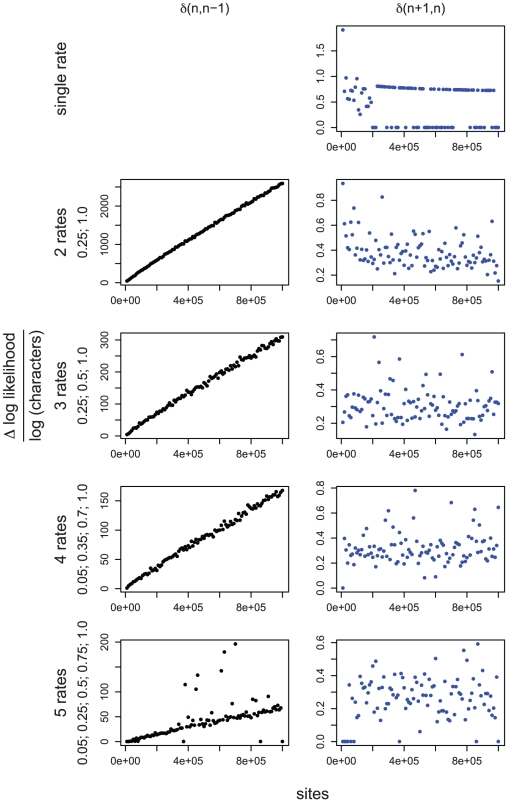Figure 1. Simulation studies used to derive the appropriate penalty term for  .
.
Each panel plots the difference in log likelihood ( ) normalized by the logarithm of the sample size (number of characters), between best fitting GA models with
) normalized by the logarithm of the sample size (number of characters), between best fitting GA models with  and
and  rates (
rates ( ), against the number of sites in the alignment. For simulations with a single rate class we plotted
), against the number of sites in the alignment. For simulations with a single rate class we plotted  , top right. Figures for multiple rate simulations (2–5 rates) show
, top right. Figures for multiple rate simulations (2–5 rates) show  as black dots (left column); and
as black dots (left column); and  as blue dots (right column). Values to the right of row report simulated rates for each class. The left column is a reflection of power, whereas the right column – of the degree of over-fitting. For the case where a single rate was simulated, the degree of over-fitting is the rate of false positives. The desired behavior for
as blue dots (right column). Values to the right of row report simulated rates for each class. The left column is a reflection of power, whereas the right column – of the degree of over-fitting. For the case where a single rate was simulated, the degree of over-fitting is the rate of false positives. The desired behavior for  is achieved when the model with
is achieved when the model with  rate classes is preferred to models with
rate classes is preferred to models with  , and
, and  rate classes. For a modified BIC criterion
rate classes. For a modified BIC criterion  with
with  , the former happens if
, the former happens if  (more definitively with increasing sample size), and the latter if
(more definitively with increasing sample size), and the latter if  (regardless of sample size).
(regardless of sample size).

